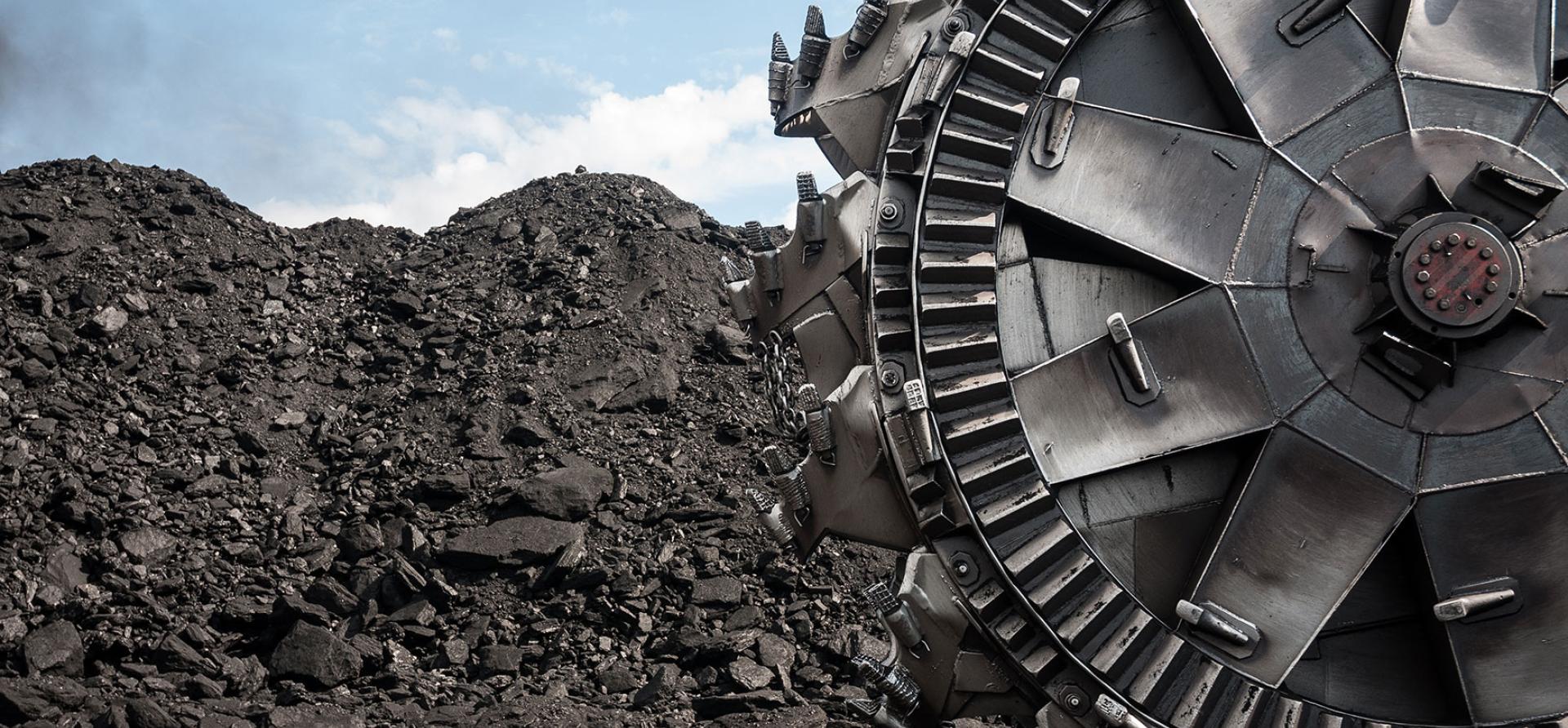Key Findings
Investors are raising concerns about Glencore’s plans to spin off the Elk Valley Resources coal mines in British Columbia it is buying from Teck Resources.
Spinning the coal operations off into a separate stand-alone company could see remediation liabilities worth billions of offloaded to the new company.
British Columbia taxpayers could be left to pick up the bill if the new company is unable to pay due to declining demand for coal.
This analysis is for information and educational purposes only and is not intended to be read as investment advice. Please click here to read our full disclaimer.
Canadians, and British Columbians in particular, might want to pay close attention to Glencore’s plans for the Elk Valley Resources (EVR) coal mines it is buying from Vancouver-based Teck Resources Ltd. Large sums of tax dollars are on the line.
Glencore investors are already asking questions about its plan to spin-off the British Columbia coal operations into a separate global company, along with its coal operations in Australia and other holdings. If that happened, the new coal entity would assume the remediation liabilities Teck has accrued from its operations, and which Glencore has promised to honour.
As a result, US$70 billion miner Glencore would be off the hook for the billions of dollars it will cost to reclaim the mines and remediate the major selenium poisoning that has amassed in the Elk Valley and downstream in the transboundary Kootenay watershed in Montana and Idaho.
The liabilities would instead rest with a stand-alone company reliant on a product with declining demand – for both thermal and metallurgical coal – and with revenues that could dramatically dwindle in the coming years.
What guarantees are there that British Columbia taxpayers won’t have to cover the EVR mines’ remediation liabilities in the event the new owners are no longer able to pay for it?
There are already concerns in British Columbia regarding the adequacy of the existing financial guarantees provided by Teck (and being assumed for now by Glencore) to pay for Elk Valley mine remediation. A study earlier this year found the liability to be CA$6.4 billion – more than triple the CA$1.9 billion currently committed. And that estimate is just for addressing the selenium problem.
A US Geological Survey study released last November found that selenium and nitrate pollution downstream in Montana waters have continued to rise, to unparalleled levels, despite Teck spending CA$1.4 billion on a water treatment plant in the Elk Valley.
A new governance body and research panel currently being set up under a March Canada-US joint referral to the International Joint Commission will spend two years studying the science and research will examine ways to reduce Selenium contamination and other environmental issues.
But the EVR sale is rumoured to be set for approval this fall, at which point Glencore would be free to proceed with its stated plan to create a new global coal entity, if it gets approval from its shareholders. Meanwhile, there is a significant risk that the cost of remediation will continue to increase.
The spin-off’s dominant product would be thermal coal, not the steelmaking metallurgical coal produced in the Elk Valley. The International Energy Agency forecasts global thermal coal trade will decline 16% by 2026.
The great majority of Glencore’s own thermal coal production is in Australia. Australia’s three main export destinations are Japan, South Korea and Taiwan, and all three plan to reduce consumption as they pursue their 2050 net zero emissions targets. For example, Japanese power utility J-Power stated in May that it will close at least three, and up to five, coal-fired power plants by 2030. The Australian government forecasts that imports by all three countries are already in permanent decline.
Even metallurgical coal is no longer a safe bet anymore, thanks to accelerating technology change. Steelmakers are planning to switch from blast furnaces to alternative, mature methods that don’t use coal.
With metallurgical coal no longer needed to make steel, its long-term outlook is one of accelerating global decline. The government of Australia – by far the world’s largest exporter of metallurgical coal – forecasts that global trade in metallurgical coal is already in decline, and Canada’s own exports are also falling.
Major investors, including Glencore shareholders, are increasingly of the opinion that spinning off or divesting coal mine operations does nothing to address carbon emissions and is irresponsible.
The government of British Columbia should be similarly concerned.
If EVR becomes part of a stand-alone global coal entity, the future of any clean-up and remediation will be the responsibility of a corporation that is highly exposed to the risk of declining coal demand, lower revenues and financial losses.
With both Teck and Glencore long gone, there would be no one left but the taxpayers to clean up the mess if the new owner can no longer afford it.
This article was first published in The Globe And Mail.
















